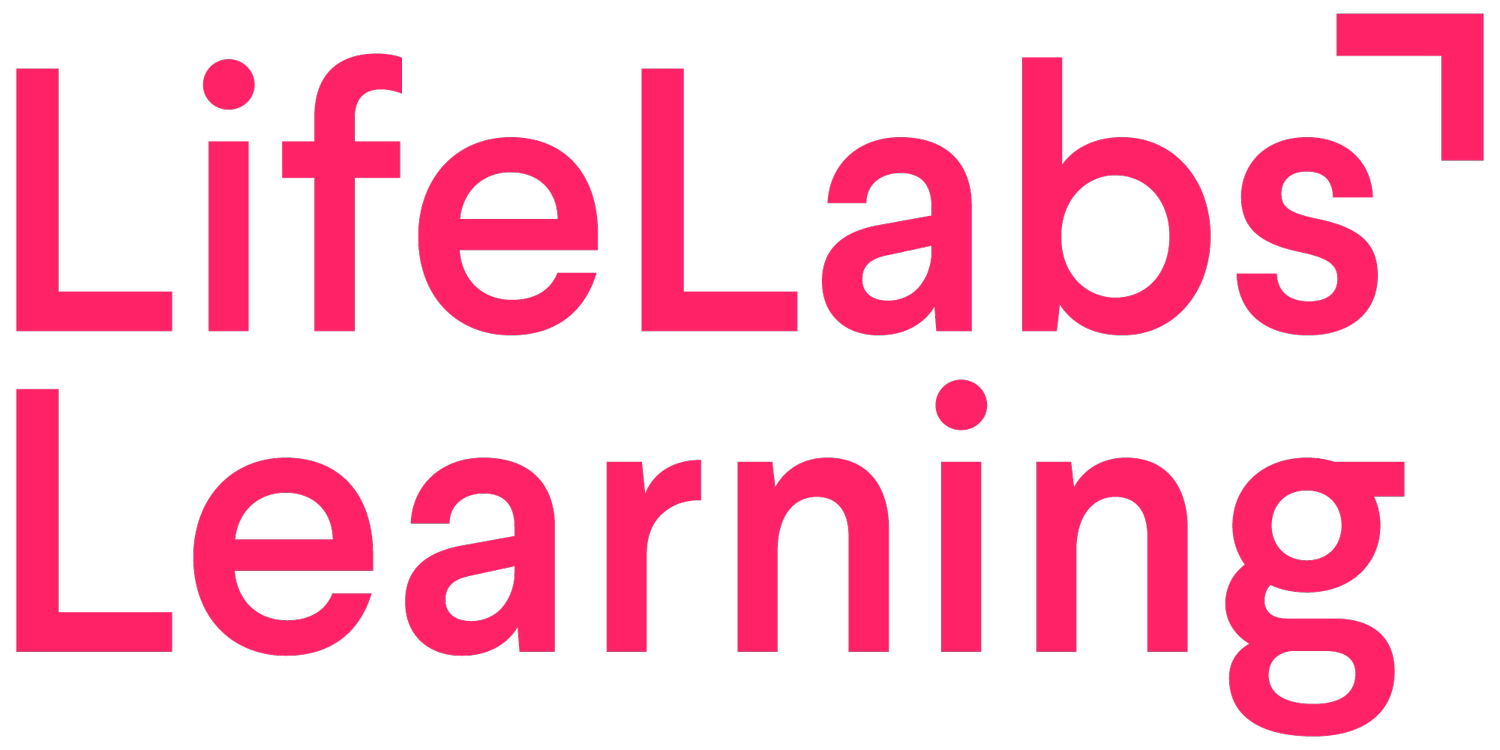5 Attributes of bad company values and how to change them
3-minute read
Organizational values exist to be a North Star for how companies operate. At their best, organizational values catalyze cultures of high performance, self-management, and psychological safety. At their worst, they’re empty marketing gestures.
At LifeLabs Learning, we looked into what makes these guiding principles effective vs. ineffective. Below, we’ll share our findings from conducting listening tours with people leaders at rapid growth and innovative companies. Here are the five biggest errors we see, and how to iterate your values to be more valuable:
Nouns not verbs.
How often do you see “Honesty” or “Innovation” as organizational values? In order for values to be acted upon, they have to be translated into behaviors so people are clear of what it means and what’s expected of them. To take the above example, a behaviorized version of “Honesty” might look like “We have hard conversations with each other.”
Here’s another example of a behaviorized value, “We include different people to sharpen our ideas.”
The fix: If you have a one word value, build on it by converting it into an action oriented value.
Too aspirational.
You’ll know an aspirational value when you see one. These are the values that sound best when accompanied by a soaring orchestra soundtrack. Here are two examples: “Creativity Conquers Complacency,” and “Passion Breeds Success.” Those are great bumper stickers or quotes to frame, but they don't give enough context to prompt people to act.
During our listening tours with people leaders, a common theme is that aspirational values were the least consistently acted out in the company. Aspirational values are ineffective because they can be too abstract to act out in a foreseeable timeline.
The fix: Keep aspirational values in your mission statement.
Invisible.
Are your values role modeled by leaders, repeated (for example, visual cues on company materials), reinforced by continuous feedback, and recognized/rewarded (how you hire/fire)? This is a must. If your values are actionable but not yet embedded, you might as well not have values in the first place.
The fix: Make your values visible to all employees by role modeling them explicitly, rewarding those who exemplify them, and repeating them as often as possible.
Obvious.
Values serve a purpose. If your organization’s value is “Be a good person,” what’s the value of saying it outloud? It’s a given. Here's an example of an obvious value: “Commitment to Customers.” It’s ineffective because it’s too broad and too low stakes. It’s expected that companies who create products and/or services are committed to their customers.
A more effective and useful value would be: “We build to benefit all merchants (not just one).” The latter had a specific stance. This can also easily become a ritual question (a question to reset a conversation) to make better decisions. You can ask: “How does this proposal benefit all merchants?”
The fix: Take a stance, even if it’s a bit controversial.
Self-serving.
Ineffective values are individual oriented. They do not specify how you collaborate with each other in team settings. It can be helpful to think of them as group project etiquettes, specifying how people behave around each other and how best to work together.
Here are LifeLabs Learning examples-- one of our values is “Open the Circle: Make others feel seen and valued” and another is “Choose Courage Over Comfort: Give feedback.”
The fix: Don’t just focus on individuals. Set the tone for collaboration
There’s no need to throw away your values and start from scratch. It’s totally normal to update your values as your company continues to grow and scale. If you’re looking for a new set of eyes to look at your values, reach out to us at hello@lifelabslearning.com.
Fill your inbox with first-to-know alerts and updates about the LifeLabs Learning blog. Sign up here and receive valuable and super juicy content you’ll love, we promise!
